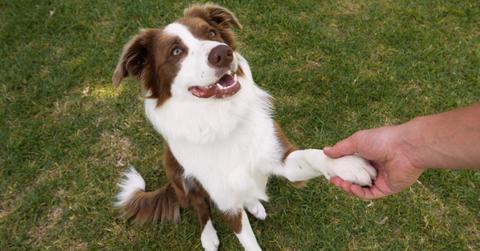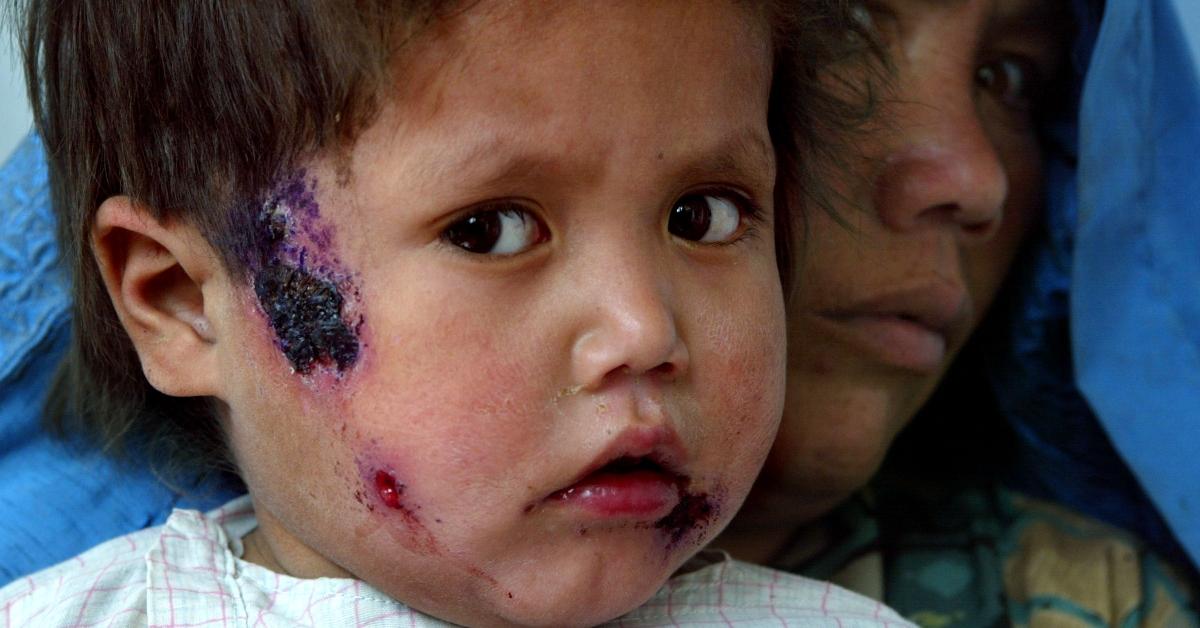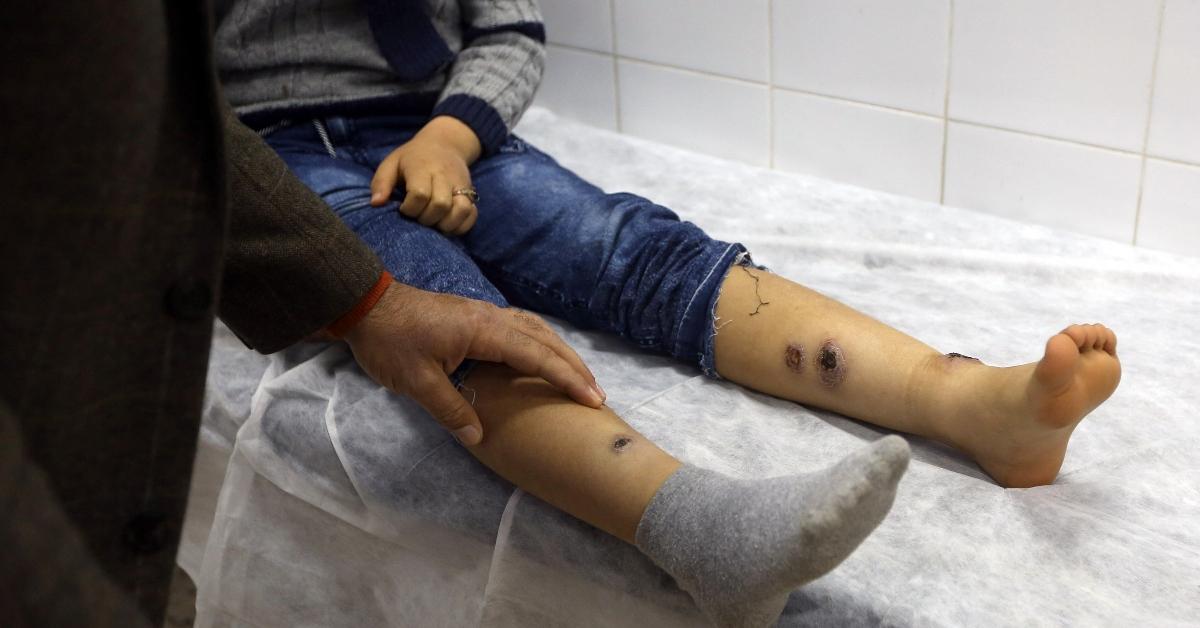Dogs Could Soon Transmit the Deadly Parasite Leishmania to Humans in U.S.
Published Oct. 23 2023, 4:58 p.m. ET

The Gist:
- Leishmaniasis is a parasitic disease found in tropical climates.
- Leishmaniasis is spread by sandfly bites.
- The disease could be entering the U.S. through infected dogs, and spread to humans.
A parasitic disease spread by sandflies in warm, tropical areas of the world like Africa, Asia, and Latin America has been detected in the U.S. It may be getting here via imported dogs.
Cases in the U.S. of the disease leishmaniasis are typically only found in Americans who have traveled to areas of the world where the disease is more prevalent. However, the Centers for Disease Control (CDC) has reported a growing number of cases in people who haven’t traveled outside of the country, USA Today reports. Let’s look at the signs and symptoms, as well as some pictures of leishmania, so you know what to look out for.

The parasite leishmaniasis could start spreading from dogs to people in the U.S.
According to NBC News, the CDC identified 86 cases of the milder form of leishmaniasis in people who have not recently left the U.S. Many of the infected were in Texas, while other cases of infection have been found in Florida, Oklahoma, and Arizona.
Officials believe the parasitic disease could be entering the country by way of infected dogs who were imported from other countries, NBC News reports. Dogs and humans can be infected with leishmaniasis after being bit by a sandfly carrying the Leishmania infantum parasite.
The leishmaniasis cases in the U.S. mainly involve the milder form of leishmaniasis, called cutaneous leishmaniasis. A more severe form of the disease, called visceral leishmaniasis, can cause damage to internal organs and could be fatal. The American Society of Tropical Medicine estimates that around 20,000 people die each year from visceral leishmaniasis, reports USA Today.
Pictures of leishmanias:
The CDC estimates that up to 1.2 million new cases of cutaneous leishmaniasis are reported each year. Signs of cutaneous leishmaniasis are painless open sores or ulcers on the skin. Some of the sores look like volcano-shaped bumps with a crater sore in the center, per the CDC.
Here are a few photos of people infected with cutaneous leishmaniasis:



How to avoid leishmaniasis:
The sores associated with cutaneous leishmaniasis don’t appear on the skin for weeks to months after the bite. So, for dogs imported to the country, signs of the disease may not be present until after they are in the U.S.
According to the CDC, the sores caused by cutaneous leishmaniasis will eventually heal on their own over months or years. While there is no vaccine for humans to prevent the disease, there is a vaccine for dogs, as per USA Today.
CDC officials admit that leishmaniasis is not a serious public health risk in the U.S., but they want to increase awareness of the disease for physicians. If you’re afraid of catching the disease, CDC epidemiologist Dr. Mary Kamb told NBC News that your best defense is to avoid getting a sandfly bite, which you can do by taking precautions when walking in the woods, such as covering your entire body with clothing and using insect repellent.